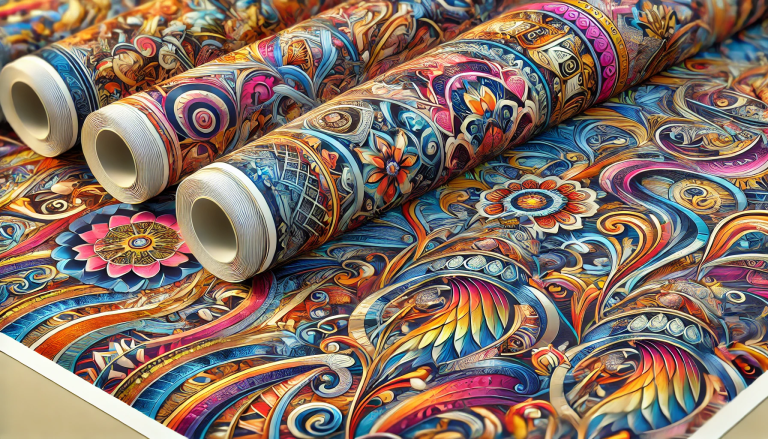“DTF Hot Peel vs Cold Peel: A Comparative Analysis” -MAXDTF- DTF Film hot peel Supplier, A4 DTF Film Factory, Made in China
Part 1: Introduction
In the world of Direct-to-Film (DTF) printing, a crucial decision to make is whether to use hot peel or cold peel transfer methods. The difference lies in when the transfer film is peeled off after heat-pressing the design onto a garment. This article explores the pros and cons of each method and which might be more suitable for specific printing needs.
Summary: DTF printing involves choosing between the hot peel and cold peel methods, which differ in the timing of film removal post-heat pressing. This article will analyze the advantages and drawbacks of each.
Part 2: Hot Peel Transfers in DTF Printing
Hot peel transfers involve removing the film immediately after heat pressing, while the transfer and garment are still hot. This method often results in a brighter and glossier finish, as the entire layer of ink adheres to the garment. Moreover, the hot peel method typically results in a softer feel to the print. However, hot peel transfers can be more susceptible to damage during the peeling process due to the softened state of the adhesive.
Summary: Hot peel transfers in DTF printing offer a brighter, glossier finish, and a softer feel but may be more prone to damage during peeling because of the adhesive’s softened state.
Part 3: Cold Peel Transfers in DTF Printing
In contrast, cold peel transfers involve waiting for the transfer and garment to cool down before peeling off the film. This method offers a matte finish and is often more durable because the adhesive has time to harden before the film is removed. This reduces the risk of damaging the print during the peeling process. However, the resulting print may feel slightly stiffer than with hot peel transfers.
Summary: Cold peel transfers provide a matte finish and enhanced durability because of the hardened adhesive before peeling. However, they can result in a slightly stiffer print compared to hot peel transfers.
Part 4: Choosing Between Hot Peel and Cold Peel Transfers
The choice between the hot peel and cold peel transfers depends largely on the desired outcome and the specifics of the print job. If a softer, glossier finish is desired, hot peel transfers would be the better choice. However, for designs requiring enhanced durability and a matte finish, cold peel transfers are often more suitable. It’s also important to consider the type of garment and material, as some materials may respond better to one method than the other.
Summary: The choice between hot and cold peel transfers depends on the desired finish, durability, and type of garment and material.
Part 5: Conclusion
Both hot peel and cold peel methods have their place in DTF printing. Each offers distinct advantages and potential challenges. By understanding the difference between these two methods and the unique requirements of each print job, printers can make an informed decision that best meets their needs and ensures high-quality results.
Summary: Both hot peel and cold peel DTF transfers offer unique advantages. By understanding these differences and considering the specific requirements of each print job, printers can ensure optimal outcomes.



